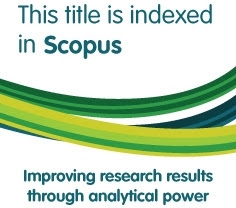PPIM Survey: Religious Courts Access and Equity
Abstract
The importance of religious courts initially rose with the introduction of Marriage Law no. 1, 1974 which mainly aimed to prevent arbitrary divorces, which was viewed to be a common problem among Muslims at the time. The enactment of this law meant that divorces needed to be approved by the religious court, hence acting as a disincentive for men to divorce their wives at the drop of a hat. The impact of this law is evident: the rate of divorce for Indonesian Muslims declined from 16.7% in 1955 to 1.1% in 1990. The survey looked at a range of issues related to the use of the religious courts across the nation and access to these courts. Hence the survey touched on the background of users, equity, satisfaction, accessibility, knowledge of the religious courts and the services provided, and trust in public institutions.
Keywords
Full Text:
PDFDOI: https://doi.org/10.15408/sdi.v14i2.554
Refbacks
- There are currently no refbacks.

All publication by Studia Islamika are licensed under a Creative Commons Attribution-NonCommercial 4.0 International License.
Studia Islamika, ISSN: 0215-0492, e-ISSN: 2355-6145
View My Stats
